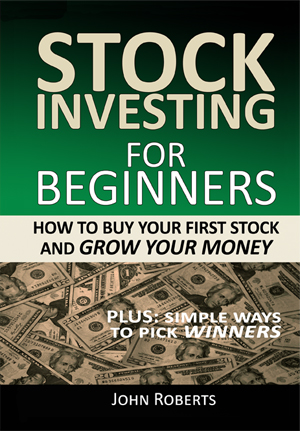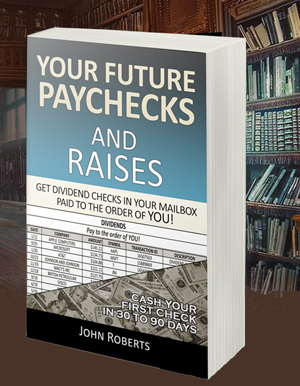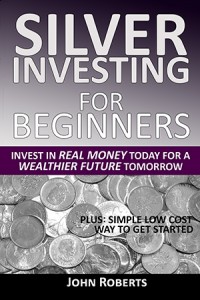Exchange Traded Funds: Simple To Trade Like Stocks
In our last post we talked about Funds overall, and what they were. And how we’re going to look at a specific type of fund in this series of posts, called an Exchange Traded Fund (or ETF for short).
ETF’s are one of my favorite types of funds to invest in, as opposed to the more traditional Mutual Funds. So we’re going to look into what is so different about “Exchange Traded” Funds. And for starters, what do they mean by “Exchange Traded?”
Well, the short answer is that these are a special type of fund that you can buy and sell (i.e. trade) on the stock exchanges just like a stock. Hence the name Exchange Traded, i.e. traded on the exchanges.
ETF’s ARE SIMPLE: TRADE LIKE STOCKS
And saying trading on the exchanges has kind of an implied meaning – which is that it is fast and easy to do. For example, trading individual stocks on the exchanges is fast and easy. For example, when you want to buy a stock, like Microsoft, on the exchanges, you just put your order in and hit the buy button. And within seconds the stock is bought and you own it. Boom – that simple.
And uncomplicated too. For example, there are no rules that say you have to buy some minimum number of shares. If you want to you can buy just one share. Or a hundred. Or thousands (if you have the money).
And it’s just the same with buying shares in an Exchange Traded Fund. You put in the order just like you do for a stock, and boom, the fund’s shares are bought for you. And just like a stock, there is no minimum order. You can buy just one share of the fund if you want. Or more.
So with ETF’s, your orders are placed immediately, and there is no minimum purchase. You can buy as low as one share. Just like buying in regular stocks.
TRADITIONAL MUTUAL FUNDS NOT SO SIMPLE
Now contrast that to traditional funds, which typically are not nearly as easy to buy and sell. In fact, many of them are a bit awkward. For example, they may have a minimum purchase of $3000, or something to that effect.
And on top of that, even when you put your buy order in, it doesn’t happen right away. In fact, for your purposes, it doesn’t happen until overnight. So typically you don’t see your shares you just bought in your account until the next day. And you can experience the same delay when selling shares (which are called redemptions).
That’s because the fund company has to figure all the buys and sells of the day. And it has to value of all of its shares (known as the NAV – Net Asset Value) and what the new share price is. So you don’t see your fund shares in your account until the next day.
And that’s if your buying and selling through your trading account. But some traditional funds you buy direct from the fund companies, so you’re not even seeing that on the exchanges.
Whew! So kind of awkward.
SO ETF’S ARE POPULAR, CHEAPER AND TRANSPARENT
Which is one of the reasons ETF’s have become so popular over the years since they were introduced in the 1990′s. Because they are quick and easy.
They are also cheaper to buy, and more transparent than traditional funds. By transparent I mean it is easy to know what stocks are in the ETF’s you’re investing in.
So in our next post we’ll look at how they choose the stocks in the Exchange Traded Funds. Because they use a special, simple technique that helps keep the cost down. And it keeps the transparency up.
NOTE: People typically invest in traditional mutual funds for the long term. So they don’t necessarily need to constantly buy and sell fund’s at moment’s notice. Meaning that the awkward mutual fund processes we just looked at aren’t a show stopper for investing in them.
But all that said, I still like to place my ETF order, hit the button and be done – not wait around. And I get that fast turnaround at a cheaper price. And what’s not to like about that?
EXTRA CREDIT: You don’t need to know or understand this to benefit from ETF’s. But as extra credit information, ETF’s are so similar to trading with stocks, that there is even an options market for them – just like stocks. So you can even buy and sell options on many of them. That’s very stock-like.



